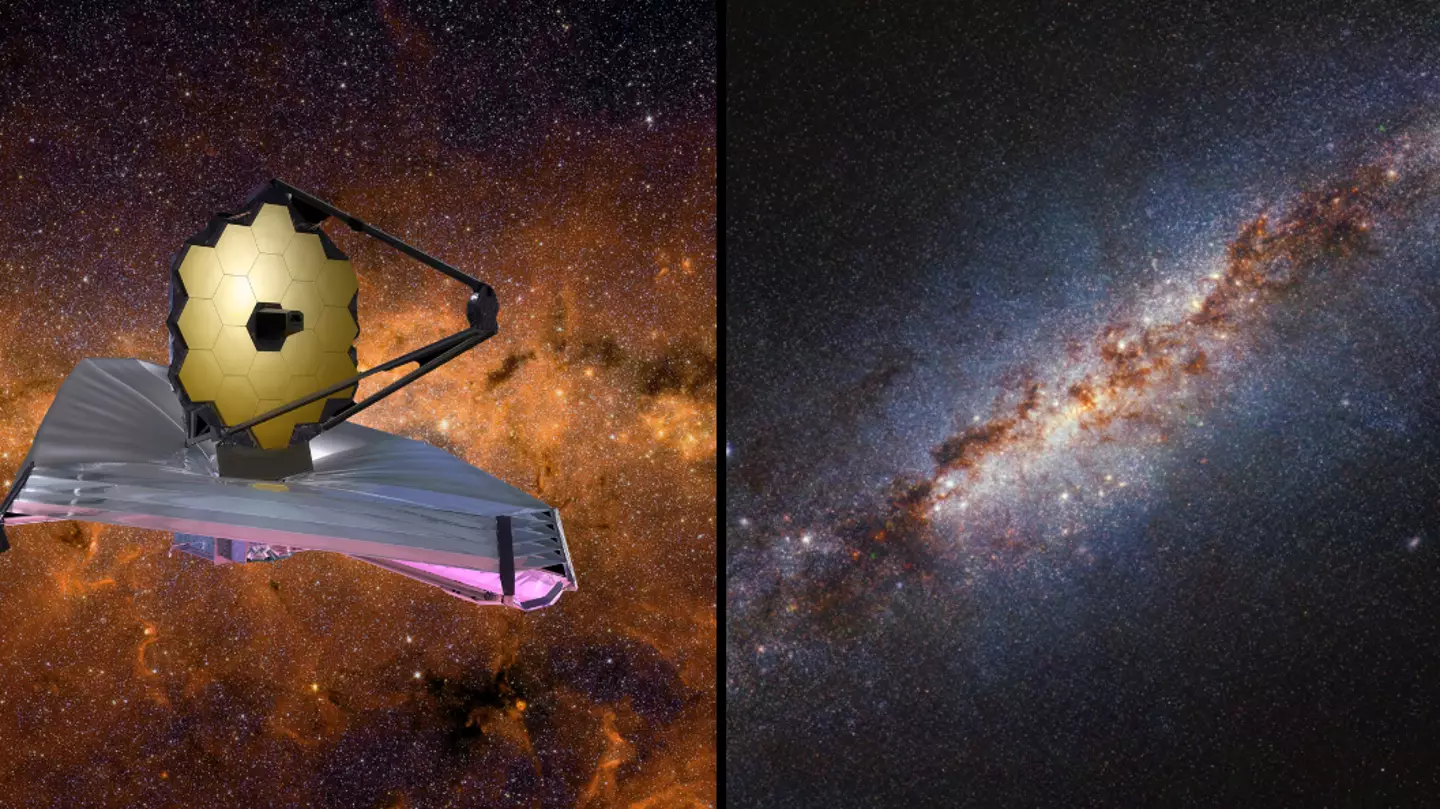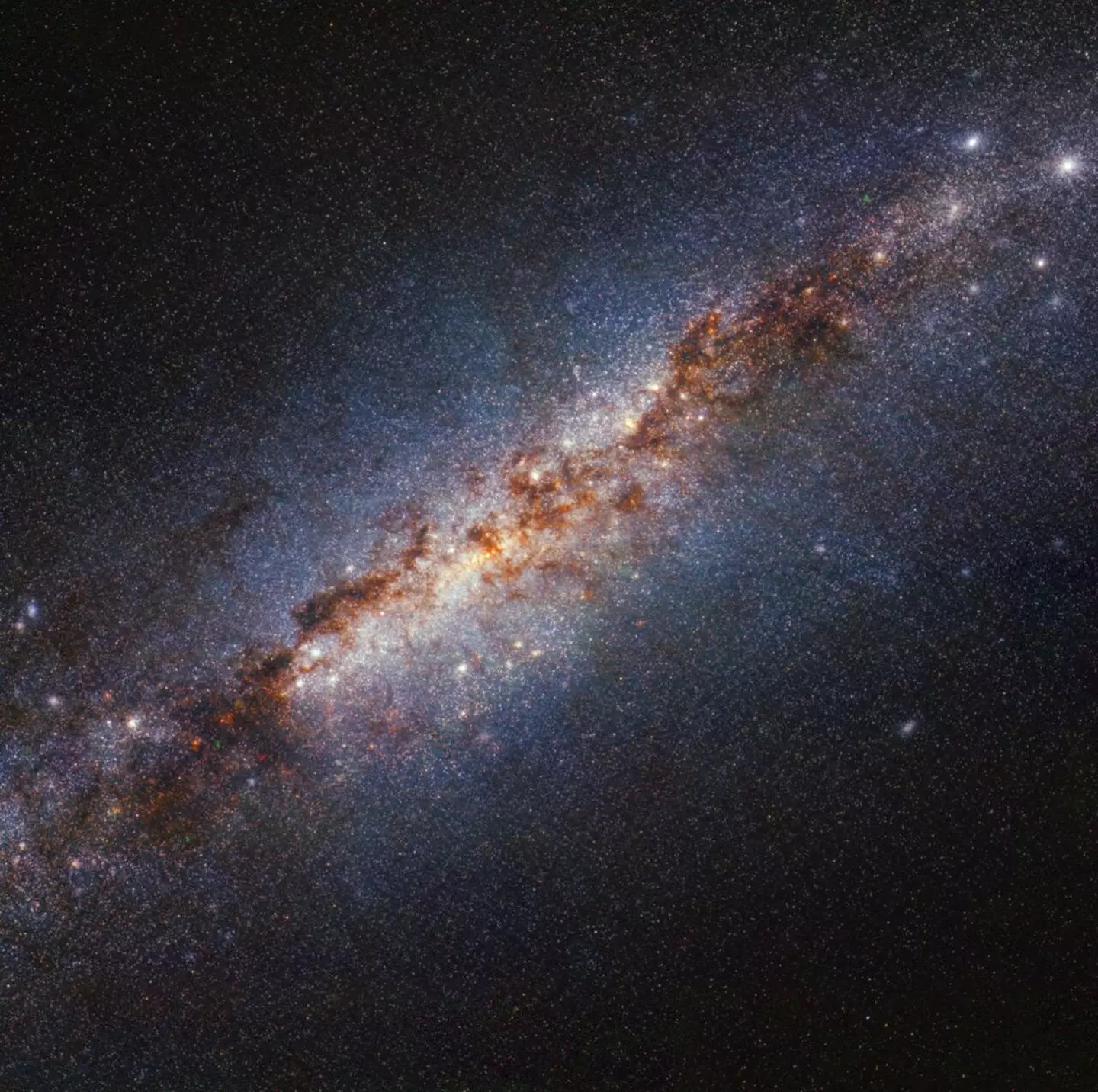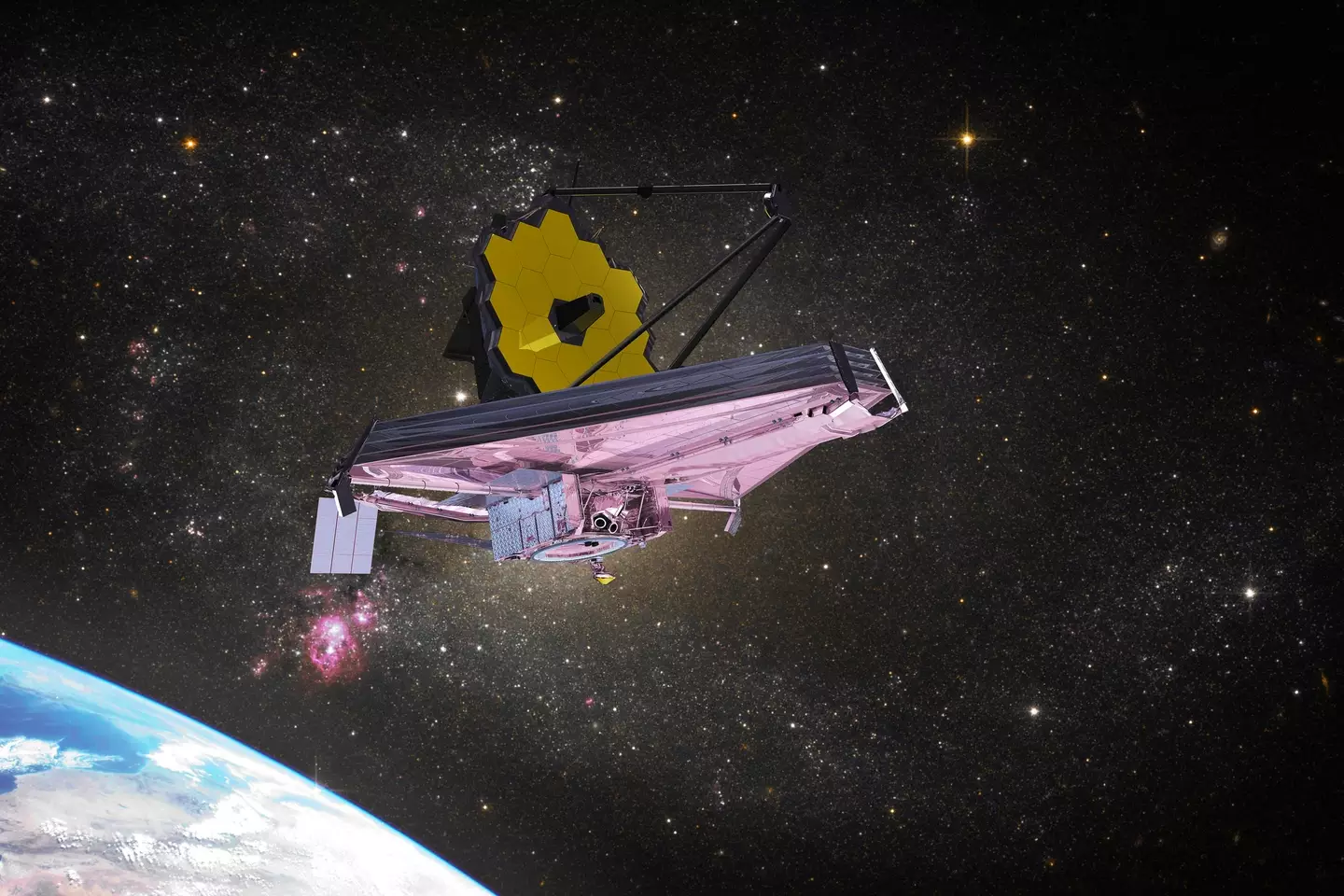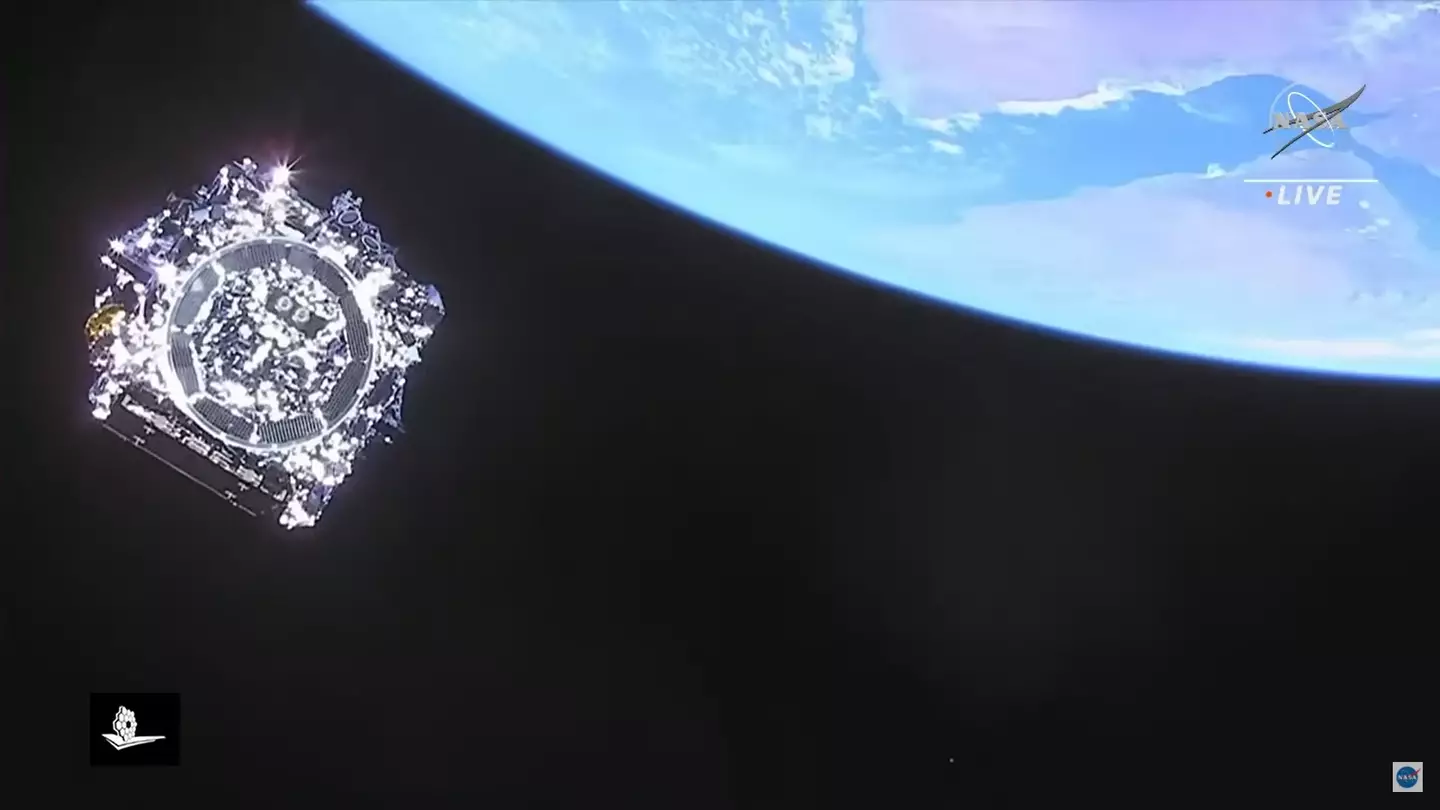
NASA's iconic James Webb Space Telescope (JWST) has been spending its time shining a light right in to the heart of the universe's 'Cigar Galaxy'.
The telescope, which was launched by the space agency in July 2022, has been spending almost the last two years unlocking secrets of the universe, including planets as they're formed.
It's also been observing Earth-like planets and coming across some rather groundbreaking information.
Advert
Now, Webb has been focusing its energy on what is known as the Cigar Galaxy.
Officially called Messier 82 (or M82), it's around 12 million light years away from Earth. M82 gets its Cigar Galaxy name as a result of its shape; elongated and elliptical stretching across space.
It is also a booming galaxy, with it forming stars at 10 times the pace of our own relatively quiet galaxy, the Milky Way.
But the technological amazement of Webb means it can see what's going on despite the distance.

The genius tech behind Webb is its Near-Infrared Camera (NIRCam) which spends its days investigating how these baby stars come about.
Advert
Leading the study into the Cigar Galaxy is Alberto Bolatto at the University of Maryland, College Park. He said: "M82 has garnered a variety of observations over the years because it can be considered as the prototypical starburst galaxy.
"Both NASA’s Spitzer and Hubble space telescopes have observed this target. With Webb’s size and resolution, we can look at this star-forming galaxy and see all of this beautiful, new detail."
And the genius tech of the NIRCam means it doesn't get burnt to a crisp when taking snapshots of the brightest of stars in M82, while also showing us things we've never seen before.

In the middle of the images captured by Webb are small specks, depicted in green, what show concentrated areas of iron, most of which are leftovers from a supernova. Small patches that appear red signify regions where molecular hydrogen is being lit up by a nearby young star’s radiation.
Advert
It also shows us galactic winds
"This image shows the power of Webb,” said Rebecca Levy, second author of the study at the University of Arizona in Tucson.

“Every single white dot in this image is either a star or a star cluster. We can start to distinguish all of these tiny point sources, which enables us to acquire an accurate count of all the star clusters in this galaxy.”
Advert
Ultimately, the belief is that such work by Webb will help us broaden out understanding of the early universe.
"Webb’s observation of M82, a target closer to us, is a reminder that the telescope excels at studying galaxies at all distances,” said Bolatto
Featured Image Credit: Getty Stock Images / NASA, ESA, CSA, STScI, A. Bolatto (UMD)Topics: Education, NASA, Science, Space, Technology, US News, World News, James Webb Space Telescope